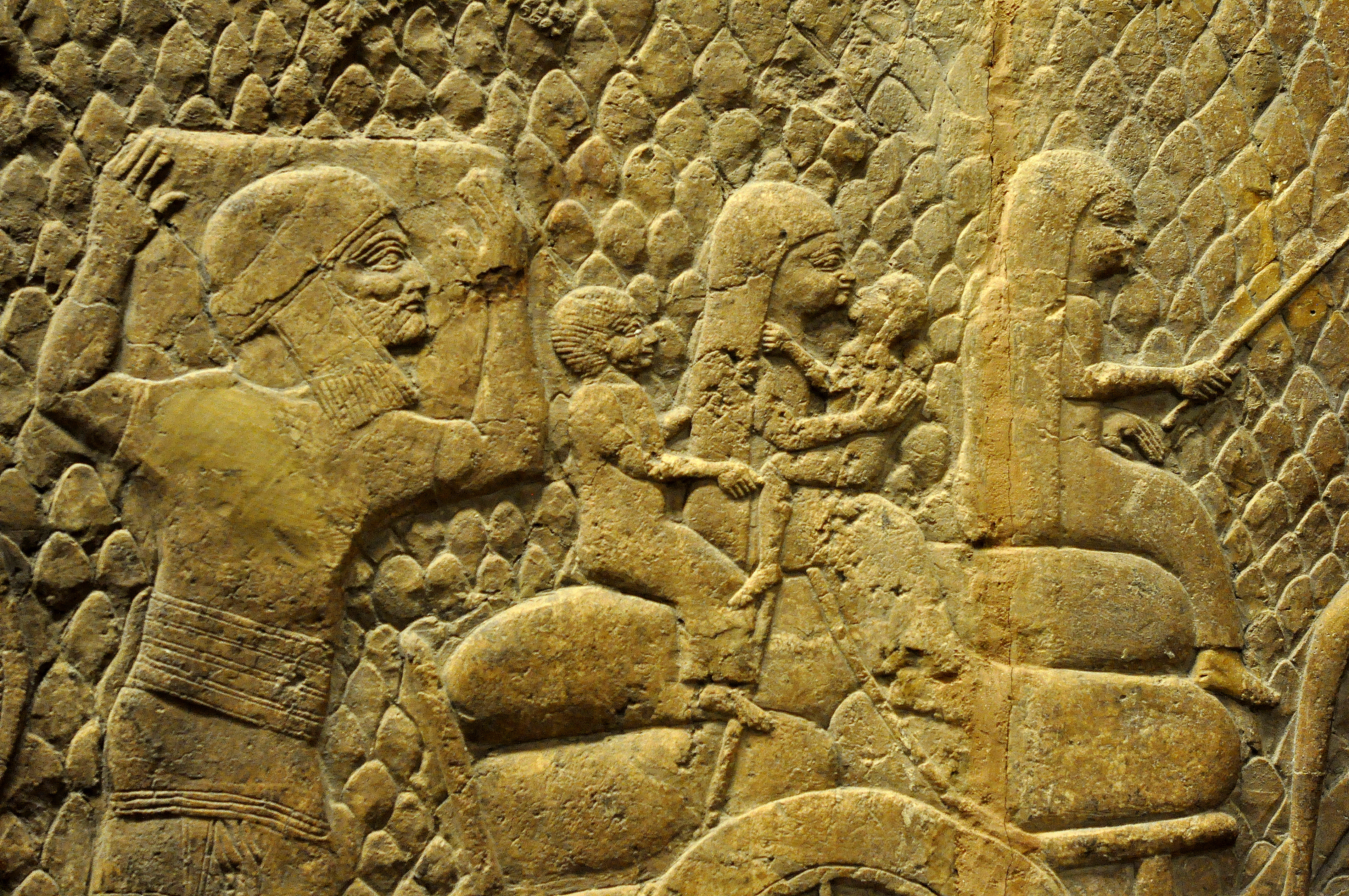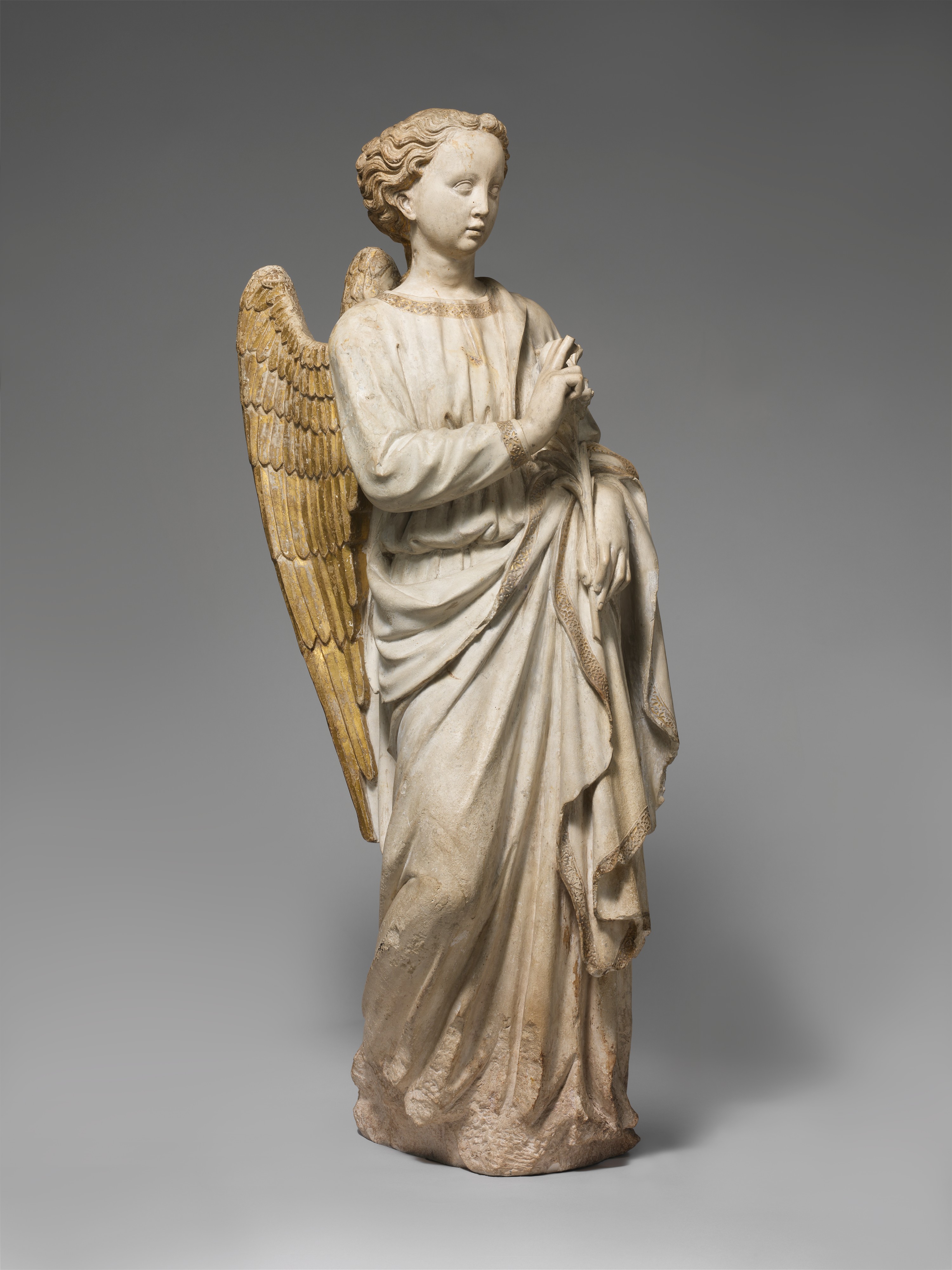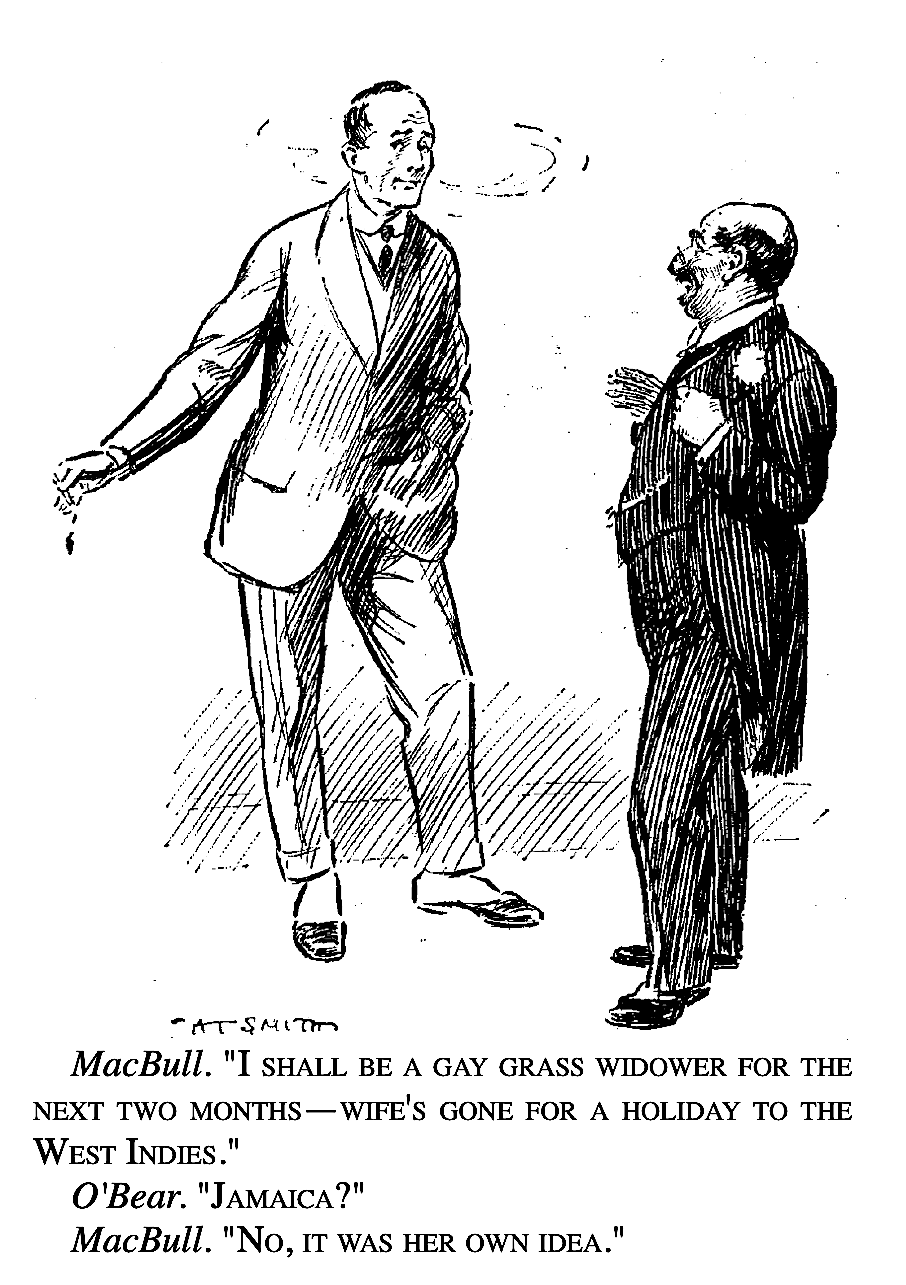|
Susanna (Book Of Daniel)
Susanna ( ; ), also called Susanna and the Elders, is a narrative included in the Book of Daniel (as chapter 13) by the Catholic Church, Oriental Orthodox Churches and Eastern Orthodox Churches. It is one of the additions to Daniel, placed in the Apocrypha by Protestants, with Anabaptists, Lutherans, Anglicans and Methodists regarding it as non-canonical but useful for purposes of edification. The text is not included in the Judaism, Jewish Tanakh and is not mentioned in early Jewish literature, although it does appear to have been part of the original Septuagint from the 2nd century BC, and was revised by Theodotion, a Hellenistic Jewish redactor of the Septuagint text (). Summary A fair Hebrews, Hebrew wife named Susanna bathes privately (having sent her attendants away) in her locked and walled garden. Two elders, having previously said goodbye to each other, bump into each other again when they spy on her bathing. The two men realize they both lust for Susanna. When she mak ... [...More Info...] [...Related Items...] OR: [Wikipedia] [Google] [Baidu] |
Susanna And The Elders (1610), Artemisia Gentileschi
Susanna ( ; ), also called Susanna and the Elders, is a narrative included in the Book of Daniel (as chapter 13) by the Catholic Church, Oriental Orthodox Churches and Eastern Orthodox Churches. It is one of the additions to Daniel, placed in the Apocrypha by Protestants, with Anabaptists, Lutherans, Anglicans and Methodists regarding it as non-canonical but useful for purposes of edification. The text is not included in the Jewish Tanakh and is not mentioned in early Jewish literature, although it does appear to have been part of the original Septuagint from the 2nd century BC, and was revised by Theodotion, a Hellenistic Jewish redactor of the Septuagint text (). Summary A fair Hebrew wife named Susanna bathes privately (having sent her attendants away) in her locked and walled garden. Two elders, having previously said goodbye to each other, bump into each other again when they spy on her bathing. The two men realize they both lust for Susanna. When she makes her way back ... [...More Info...] [...Related Items...] OR: [Wikipedia] [Google] [Baidu] |
Hebrews
The Hebrews (; ) were an ancient Semitic-speaking peoples, ancient Semitic-speaking people. Historians mostly consider the Hebrews as synonymous with the Israelites, with the term "Hebrew" denoting an Israelite from the nomadic era, which preceded the establishment of the Kingdom of Israel (united monarchy), Kingdom of Israel and Judah in the 11th century BCE. However, in some instances, the designation "Hebrew" may also be used historically in a wider sense, referring to the Phoenicians or other ancient Semitic-speaking civilizations, such as the Shasu on the eve of the Late Bronze Age collapse. It appears 34 times within 32 verses of the Hebrew Bible. Some scholars regard "Hebrews" as an ethnonym, while others do not, and others still hold that the multiple modern connotations of Ethnicity#Definitions and conceptual history , ethnicity may not all map well onto the sociology of Ancient Near East, ancient Near Eastern groups. By the time of the Roman Empire, the term () coul ... [...More Info...] [...Related Items...] OR: [Wikipedia] [Google] [Baidu] |
Taxaceae
Taxaceae (), commonly called the yew family, is a coniferous family (biology), family which includes six Extant taxon, extant and two extinct genera, and about 30 species of plants, or in older interpretations three genera and 7 to 12 species. Description They are many-branched, small trees and shrubs. The leaves are evergreen, spirally arranged, often twisted at the base to appear 2-ranked. They are linear to lanceolate, and have pale green or white stomatal bands on the undersides. The plants are Plant sexuality, dioecious, or rarely Plant sexuality, monoecious. The catkin like male cones are long, and shed pollen in the early spring. They are sometimes externally only slightly differentiated from the branches. The fertile bracts have 2-8 pollen sacs. The female 'cones' are highly reduced. Only the upper or uppermost bracts are fertile and bear one or rarely two seeds. The ovule usually exceeds the scale, although ovules are sometimes rarely enclosed by it. They may be foun ... [...More Info...] [...Related Items...] OR: [Wikipedia] [Google] [Baidu] |
Anchor Bible Series
The Anchor Bible Series, which consists of a commentary series, a Bible dictionary, and a reference library, is a scholarly and Commerce, commercial co-venture which was begun in 1956, with the publication of individual volumes in the List of biblical commentaries, commentary series. Over 1,000 scholars—representing Judaism, Jewish, Catholic Church, Catholic, Eastern Orthodox Church, Eastern Orthodox, Protestantism, Protestant, Islam, Muslim, Secularity, secular, and other traditions—have contributed to the project. Their works offer discussions that reflect a range of viewpoints across a wide theological spectrum. more than 120 volumes had been published, initially under oversight of the series' founding General Editor David Noel Freedman (1956–2008), and subsequently under John J. Collins (2008–2025). Each volume was originally published by Doubleday (publisher), Doubleday (a division of Random House, Inc.), but in 2007, the series was acquired by Yale University Press. ... [...More Info...] [...Related Items...] OR: [Wikipedia] [Google] [Baidu] |
Aramaic Language
Aramaic (; ) is a Northwest Semitic languages, Northwest Semitic language that originated in the ancient Syria (region), region of Syria and quickly spread to Mesopotamia, the southern Levant, Sinai Peninsula, Sinai, Southeastern Anatolia Region, southeastern Anatolia, and Eastern Arabia, where it has been continually written and spoken in different variety (linguistics), varieties for over three thousand years. Aramaic served as a language of public life and administration of ancient kingdoms and empires, particularly the Neo-Assyrian Empire, Neo-Babylonian Empire, and Achaemenid Empire, and also as a language of divine worship and religious study within Judaism, Christianity, and Gnosticism. Several Neo-Aramaic languages, modern varieties of Aramaic are still spoken. The modern Eastern Aramaic, eastern branch is spoken by Assyrian people, Assyrians, Mandaeans, Mandeans, and Mizrahi Jews.{{cite book , last1=Huehnergard , first1=John , author-link1=John Huehnergard , last2=Rub ... [...More Info...] [...Related Items...] OR: [Wikipedia] [Google] [Baidu] |
Hebrew Language
Hebrew (; ''ʿÎbrit'') is a Northwest Semitic language within the Afroasiatic language family. A regional dialect of the Canaanite languages, it was natively spoken by the Israelites and remained in regular use as a first language until after 200 CE and as the liturgical language of Judaism (since the Second Temple period) and Samaritanism. The language was revived as a spoken language in the 19th century, and is the only successful large-scale example of linguistic revival. It is the only Canaanite language, as well as one of only two Northwest Semitic languages, with the other being Aramaic, still spoken today. The earliest examples of written Paleo-Hebrew date back to the 10th century BCE. Nearly all of the Hebrew Bible is written in Biblical Hebrew, with much of its present form in the dialect that scholars believe flourished around the 6th century BCE, during the time of the Babylonian captivity. For this reason, Hebrew has been referred to by Jews as '' ... [...More Info...] [...Related Items...] OR: [Wikipedia] [Google] [Baidu] |
Codex Chisianus 88
Codex Chisianus 45 (also ''Codex Chigianus 45''; Vatican Library, Chigi R. VII 45; numbered 88 in Rahlfs Septuagint manuscripts, 87 in Field's ''Hexapla'' ) is a biblical manuscript variably dated to the 10th century or the early 14th century or early 14th-century biblical manuscript, first edited in 1772. Description Codex Chisianus 45 is a significant manuscript for the study of the Septuagint, particularly for its preservation of the Old Greek (OG) text of the Book of Daniel. The OG text of Daniel largely disappeared from Greek tradition by the end of the 4th century, having been superseded by Theodotion's revision, which was endorsed by prominent figures such as Jerome. The OG version survived primarily in Codex Chisianus 45, which was the sole known Greek manuscript of this version until the 1931 discovery of Papyrus 967 ( Chester Beatty IX/X). The text of Codex Chisianus 45 is known for its substantial deviations from the Masoretic Text (MT) of Daniel. These devia ... [...More Info...] [...Related Items...] OR: [Wikipedia] [Google] [Baidu] |
Papyrus 967
Papyrus 967 (also signed as TM 61933, LDAB 3090) is a 3rd-century CE biblical manuscript, discovered in 1931. It is notable for containing fragments of the original Septuagint text of the Book of Daniel, which was completely superseded by a revised text by the end of the 4th century and elsewhere survives only in Syriac translation and in Codex Chisianus 88. The manuscript is also important for early variants, both in the text of the Book of Ezekiel and of the Book of Daniel. The exact circumstances of the find are unclear, but the ancient Aphroditopolis is assumed to be the place where it was found. Description The scope was originally 59 sheets, which corresponds to 118 leaves or 236 pages. One side measures approximately . The pages are written in one column with an average of 42 lines in a square uncial. The book of Daniel already contains a chapter division in Greek letters. These numbers, entered as a subscriptio, were not added later, but were already present in the or ... [...More Info...] [...Related Items...] OR: [Wikipedia] [Google] [Baidu] |
Angel
An angel is a spiritual (without a physical body), heavenly, or supernatural being, usually humanoid with bird-like wings, often depicted as a messenger or intermediary between God (the transcendent) and humanity (the profane) in various traditions like the Abrahamic religions. Other roles include protectors and guides for humans, such as guardian angels and servants of God. In Western belief-systems the term is often used to distinguish benevolent from malevolent intermediary beings. Emphasizing the distance between God and mankind, revelation-based belief-systems require angels to bridge the gap between the earthly and the transcendent realm. Angels play a lesser role in monistic belief-systems, since the gap is non-existent. However, angelic beings might be conceived as aid to achieve a proper relationship with the divine. Abrahamic religions describe angelic hierarchies, which vary by religion and sect. Some angels have specific names (such as Gabriel or Mich ... [...More Info...] [...Related Items...] OR: [Wikipedia] [Google] [Baidu] |
Pistacia Lentiscus
''Pistacia lentiscus'' (also lentisk or mastic) is a dioecious evergreen shrub or small tree of the genus '' Pistacia'' native to the Mediterranean Basin. It grows up to tall and is cultivated for its aromatic resin, mainly on the Greek island of Chios, around the Turkish town of Çeşme''Pistacia lentiscus'' L. a Mansfeld's Database Taxonomy and northern parts of Iraq. Description [...More Info...] [...Related Items...] OR: [Wikipedia] [Google] [Baidu] |
Puns
A pun, also known as a paronomasia in the context of linguistics, is a form of word play that exploits multiple meanings of a term, or of similar-sounding words, for an intended humorous or rhetorical effect. These ambiguities can arise from the intentional use of homophonic, homographic, metonymic, or figurative language. A pun differs from a malapropism in that a malapropism is an incorrect variation on a correct expression, while a pun involves expressions with multiple (correct or fairly reasonable) interpretations. Puns may be regarded as in-jokes or idiomatic constructions, especially as their usage and meaning are usually specific to a particular language or its culture. Puns have a long history in writing. For example, the Roman playwright Plautus was famous for his puns and word games. Types of puns Homophonic A homophonic pun is one that uses word pairs which sound alike (homophones) but are not synonymous. Walter Redfern summarized this type with his statement, ... [...More Info...] [...Related Items...] OR: [Wikipedia] [Google] [Baidu] |
Greek (language)
Greek (, ; , ) is an Indo-European languages, Indo-European language, constituting an independent Hellenic languages, Hellenic branch within the Indo-European language family. It is native to Greece, Cyprus, Italy (in Calabria and Salento), southern Albania, and other regions of the Balkans, Caucasus, the Black Sea coast, Asia Minor, and the Eastern Mediterranean. It has the list of languages by first written accounts, longest documented history of any Indo-European language, spanning at least 3,400 years of written records. Its writing system is the Greek alphabet, which has been used for approximately 2,800 years; previously, Greek was recorded in writing systems such as Linear B and the Cypriot syllabary. The Greek language holds a very important place in the history of the Western world. Beginning with the epics of Homer, ancient Greek literature includes many works of lasting importance in the European canon. Greek is also the language in which many of the foundational texts ... [...More Info...] [...Related Items...] OR: [Wikipedia] [Google] [Baidu] |







